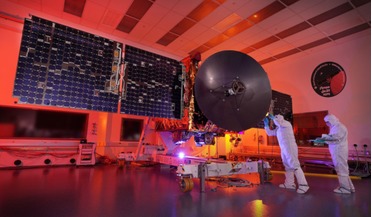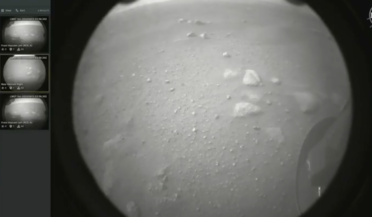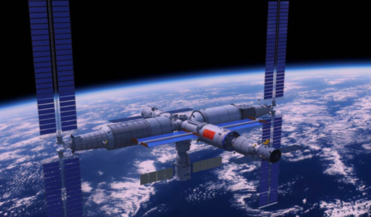 December 2014
MAVEN and the evolution of Mars
December 2014
MAVEN and the evolution of Mars
... global planetary magnetic field, which Mars no longer has today but Earth does, and the retention over time of a planet’s atmosphere and water. MAVEN’s quest The MAVEN (Mars Atmosphere and Volatile EvolutioN) mission was motivated by these questions...
 July 2014
Is there a space race or are India and China just coming of age?
July 2014
Is there a space race or are India and China just coming of age?
...coordinate with the scientists behind NASA's Mars Atmosphere and Volatile EvolutioN Mission (MAVEN) mission, due to arrive in Mars orbit around the same time. Whereas MAVEN will study Mars' upper atmosphere, MOM carries different instruments, include...
 02 December 2014
MAVEN studies Martian atmosphere
02 December 2014
MAVEN studies Martian atmosphere
...2014, NASA’s Mars Atmosphere and Volatile EvolutioN (MAVEN) mission commenced its study of the Martian atmosphere. It is seeking answers as to why Mars has lost its atmosphere and water vapour, focusing on the Martian upper atmosphere. Its elliptical...
 13 July 2020
UAE's mission to Mars scheduled for launch tomorrow
13 July 2020
UAE's mission to Mars scheduled for launch tomorrow
... to collate data on the martian atmosphere, it differs from past missions such as NASA's Mars Atmosphere and Volatile Evolution (MAVEN) spacecraft, by focusing on observations at Mars’ equator; Once at Mars, Hope is programmed to enter an elliptical...
 18 February 2021
Success for NASA as Perseverance lands on Mars
18 February 2021
Success for NASA as Perseverance lands on Mars
... descent to the planet was monitored by both NASA’s Deep Space Network and it’s two orbiters; the Mars Reconnaissance Orbiter (MRO) and the Mars Atmospheric and Volatile EvolutioN (MAVEN) orbiter. However, because the final two minutes of the descent...
 14 June 2019
First experiments on Chinese Space Station announced
14 June 2019
First experiments on Chinese Space Station announced
... 2014. Totalling around $74 million, the project cost a fraction of the $671 million NASA spent on its Mars Atmosphere and Volatile EvolutioN (MAVEN) spacecraft, which launched in 2013. Prior to the deployment of a space station however, the country...